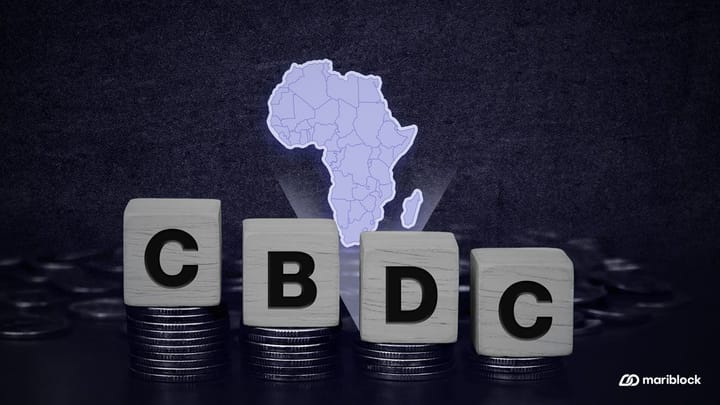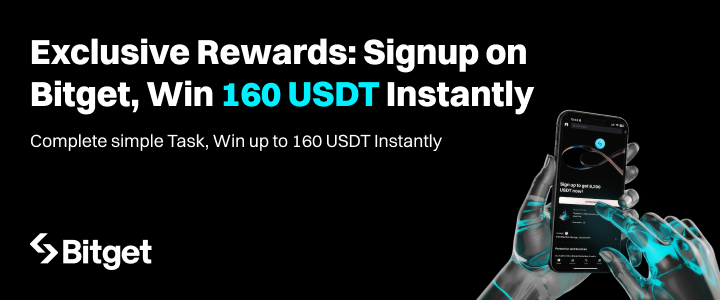Circle launches stablecoin payment system in partnership with Flutterwave and Yellow Card
African crypto firm Yellow Card and fintechs Flutterwave and Onafriq are among the Circle Payment Network’s inaugural partners

Circle, the issuer of the USDC stablecoin, has announced a new system designed to settle cross-border transactions between global financial institutions using its stablecoins.
The initiative will roll out in collaboration with key global crypto and fintech partners, including Africa-focused companies such as Yellow Card, Onafriq, and Flutterwave.
The details
- The system, dubbed the Circle Payment Network (CPN), will connect partner financial institutions (FIs) within a single global payment ecosystem.
- While CPN will not move funds on its own or act as an escrow agent, it will serve as a facilitator for financial institutions (FIs) across different countries, enabling them to conduct transactions seamlessly.
- In a press statement, Circle announced that the CPN is scheduled for a partial release in May and will look to incorporate more FIs as it expands its network.
- It added that it will establish stringent criteria for global payment firms that wish to join the network, with particular focus on regulatory compliance and cybersecurity protocols.
How it works
- When a user initiates a cross-border transaction through a partner financial institution, the firm collects fiat and converts it to a supported stablecoin.
- Circle’s platform (CPN) generates a signed transaction request via its off-chain APIs, which is broadcast to the blockchain and processed through a smart contract.
- The smart contract verifies transaction details — recipient identity, wallet address, token type, and amount — before releasing the stablecoins to the receiving financial institution.
- The receiving institution can either hold the stablecoins or convert them to fiat and immediately pay out to the end user in their preferred currency.
- For B2B payments, CPN first checks if the receiving FI has sufficient fiat liquidity to fulfill the payout before initiating the transaction.
- Transaction costs are split into three tiers: a disbursement fee from the receiving FI, a variable network fee from CPN, and an FX premium to cover currency conversion.
Key quote
- Circle’s chief product and technology officer, Nikhil Chandhok, said:
“Circle Payments Network is a foundational layer for the always-on economy — enabling trusted institutions to move value across borders, instantly. With programmable infrastructure at its core, CPN makes it possible to embed value transfer into modern financial applications in ways that weren’t feasible before.”
Why this matters
- Historically, Sub-Saharan Africa is the most expensive region to send money to globally, with legacy remittance platforms charging up to 8.46% in transaction costs as of 2020.
- These transactions are not renowned for their speed, sometimes taking days for the beneficiary to receive the funds.
- In recent times, cryptocurrencies and digital finance models have been touted as replacements for legacy cross-border remittance systems.
- While there have been arguments in favor of legacy systems as being relatively more straightforward for everyday consumers to use compared to crypto, Circle’s payment system can help mitigate this.
- However, the CPN payment system is still in its early, relatively untested stages, and three layers of fees could result in remittance costs as high as those charged by legacy platforms, if not higher.




